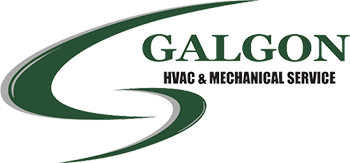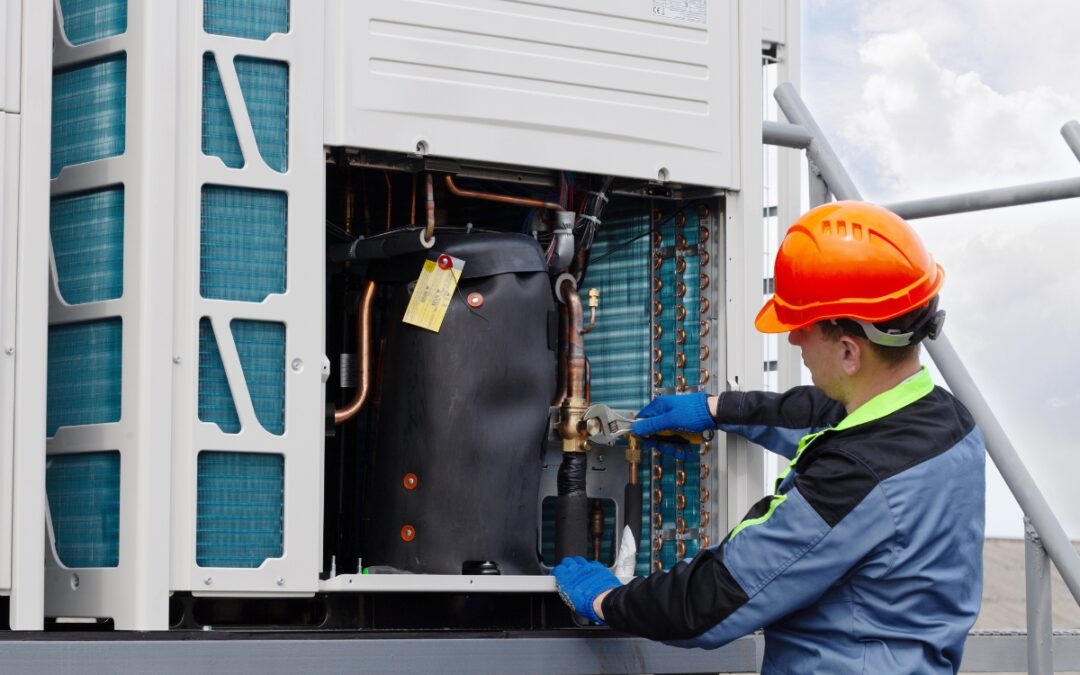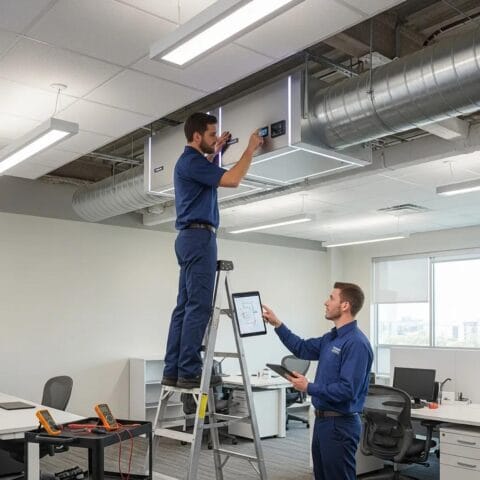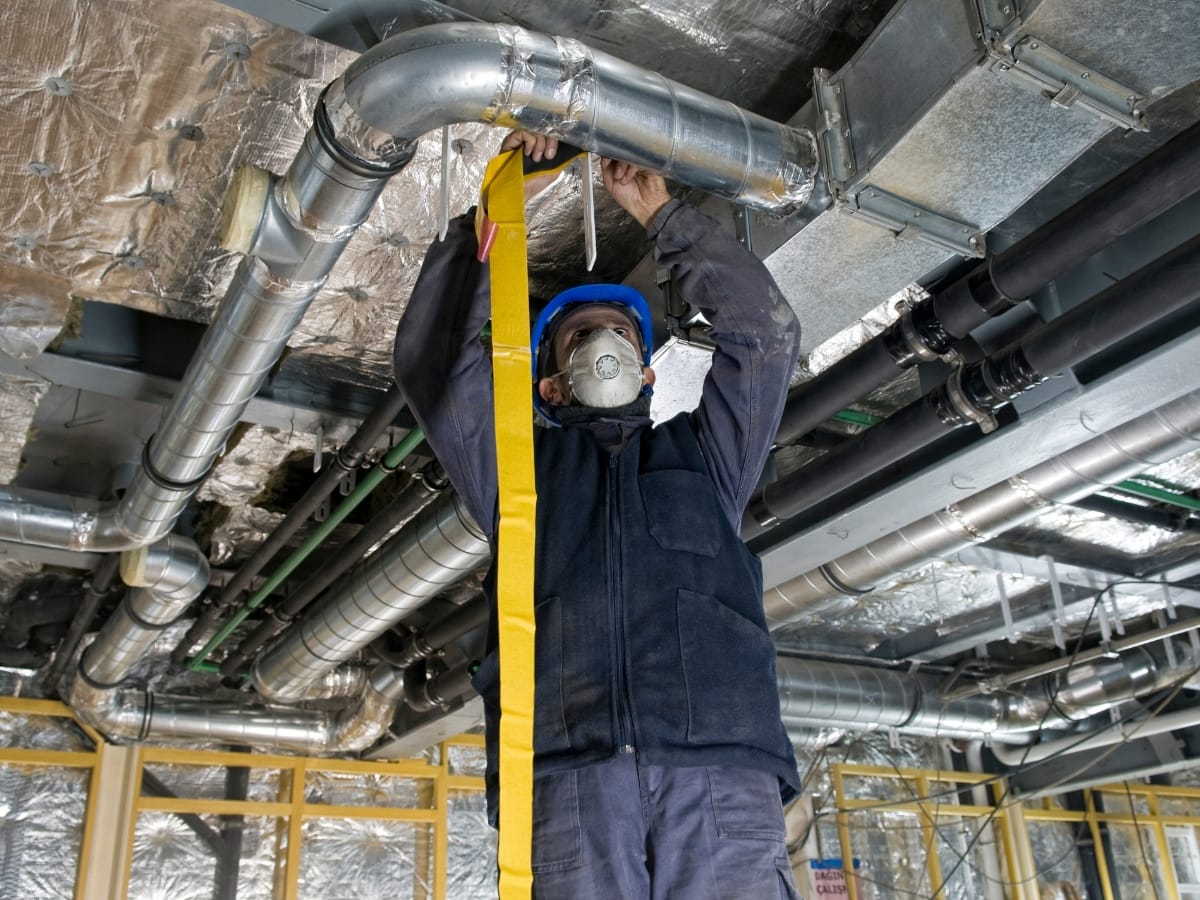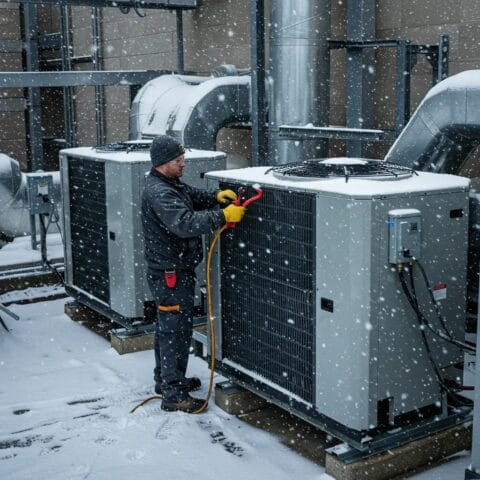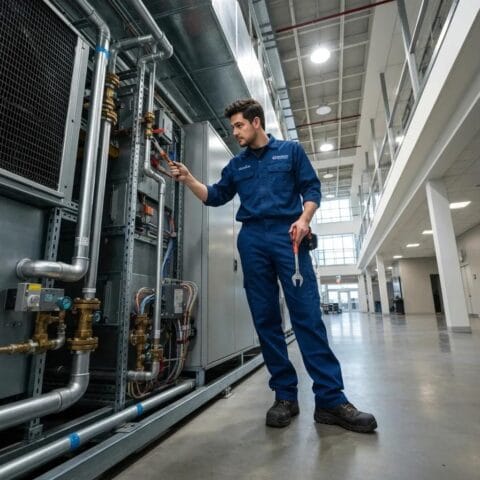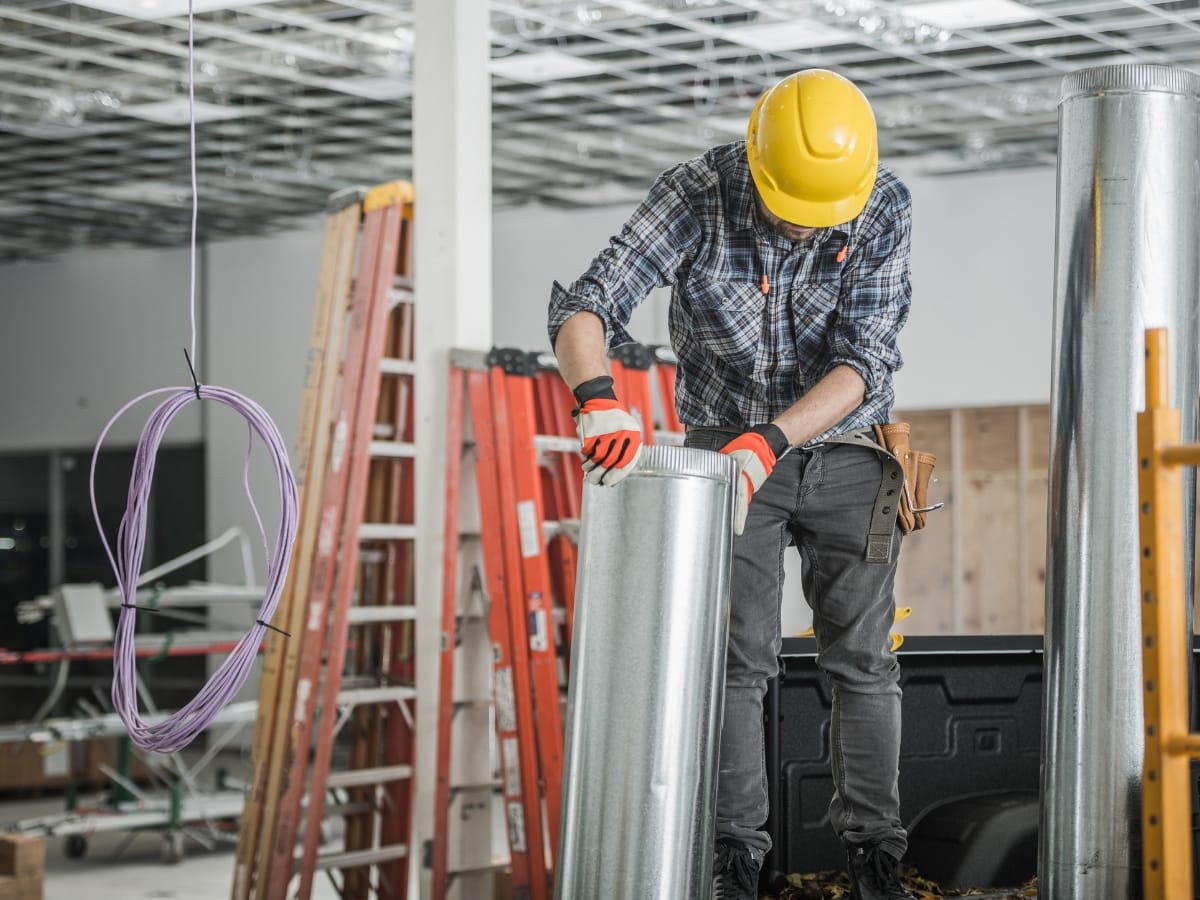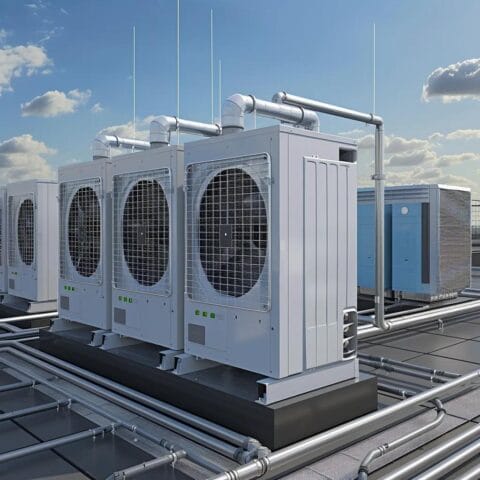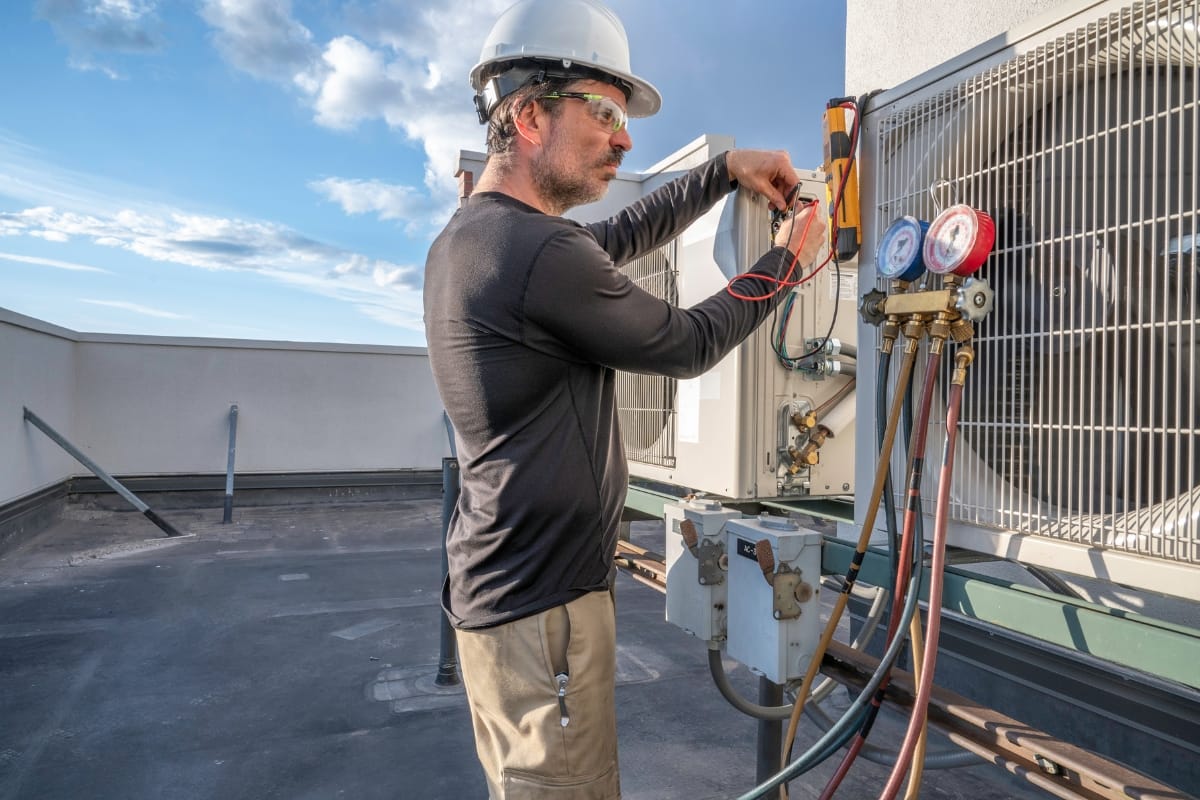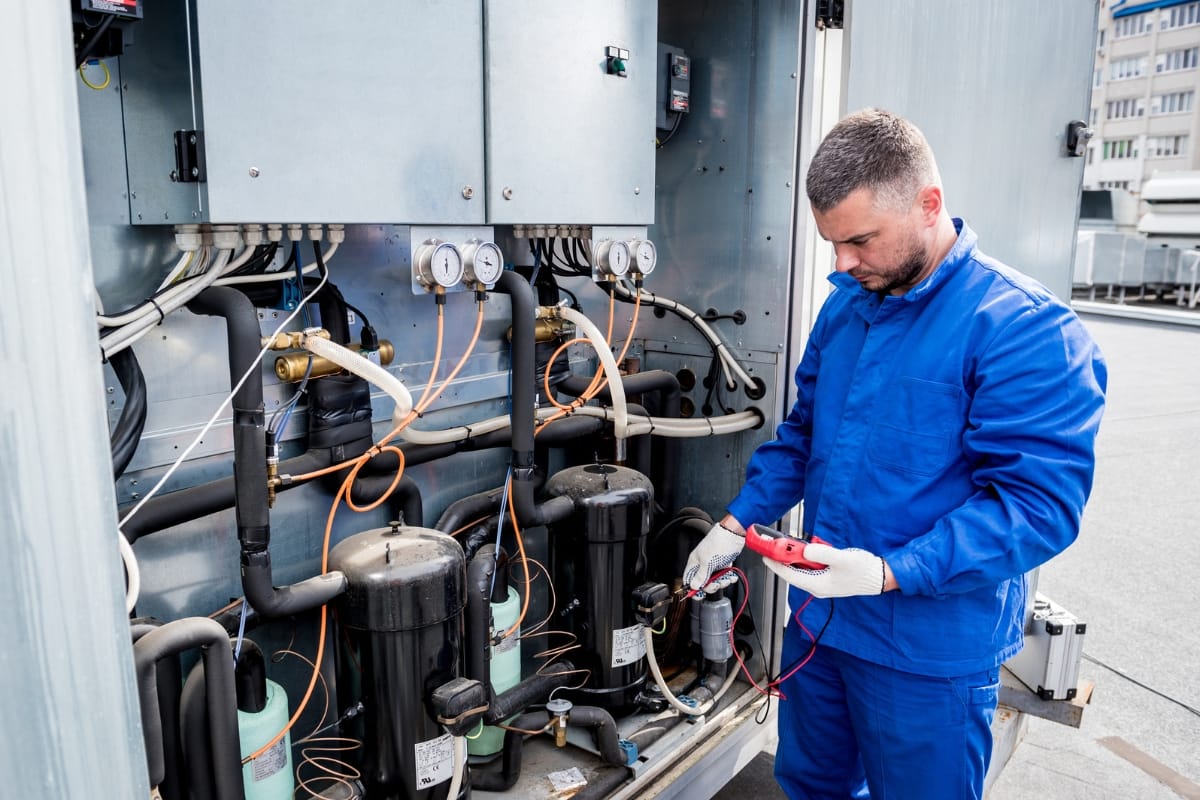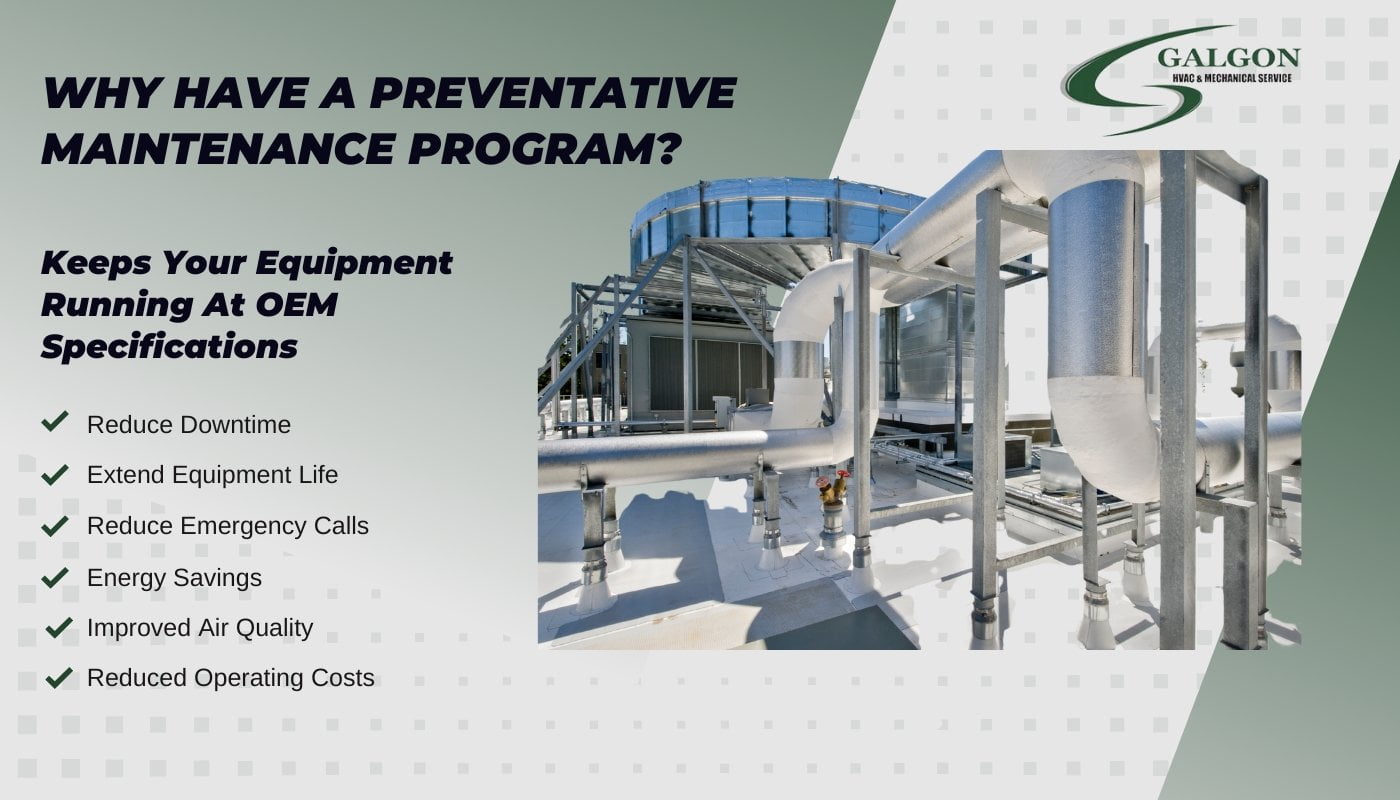In the fast-paced world of business, an unexpected HVAC system failure can lead to significant disruptions, affecting productivity, comfort, and even safety. That’s why HVAC emergency preparedness is crucial for every business.
By planning ahead, implementing preventive measures, and knowing how to respond in a crisis, businesses can minimize downtime and protect both their operations and their employees. In this guide, we’ll cover the essential steps to plan, prevent, and protect against HVAC emergencies.
From regular maintenance and system upgrades to emergency response protocols and backup solutions, discover how to ensure your business remains resilient and operational, no matter what challenges arise.
Don’t Panic in an HVAC Emergency: Quick Fixes and Expert Advice
Assessing Vulnerabilities: Understanding Your HVAC System
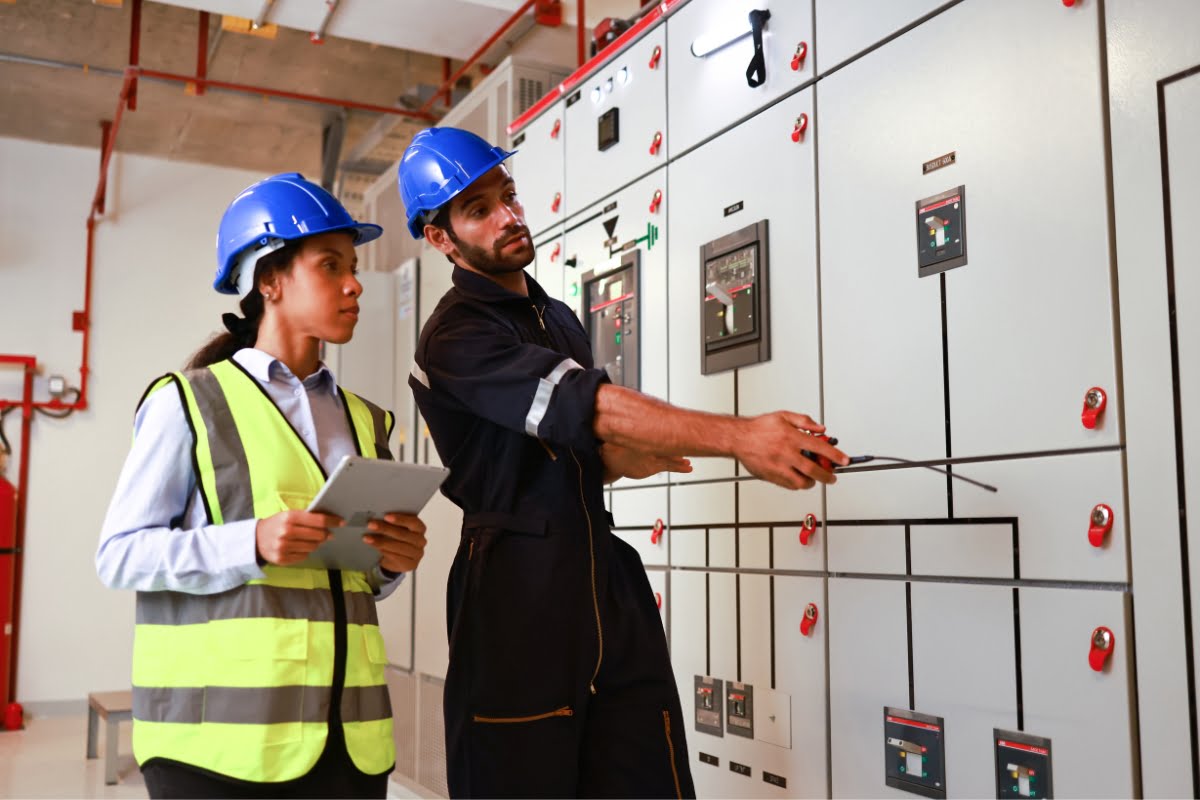
Before you can effectively prepare for what is considered an HVAC emergency, it’s crucial to have a thorough understanding of your system and its vulnerabilities. Start by conducting a comprehensive assessment of your HVAC infrastructure. Identify the age, condition, and capacity of your equipment. Determine if there are any known issues or potential weak points that could lead to emergencies.
Consider enlisting the help of a professional HVAC technician to perform an inspection and provide recommendations for maintenance and upgrades. They can assess the overall health of your system, identify any hidden issues, and suggest improvements that can enhance its reliability.
Additionally, familiarize yourself with the specific vulnerabilities associated with your industry or location. For example, if you operate in an area prone to extreme weather conditions like hurricanes or blizzards, you’ll need to take additional precautions to protect your HVAC system from potential damage.
Regular Maintenance: The Key to Preventing Emergencies
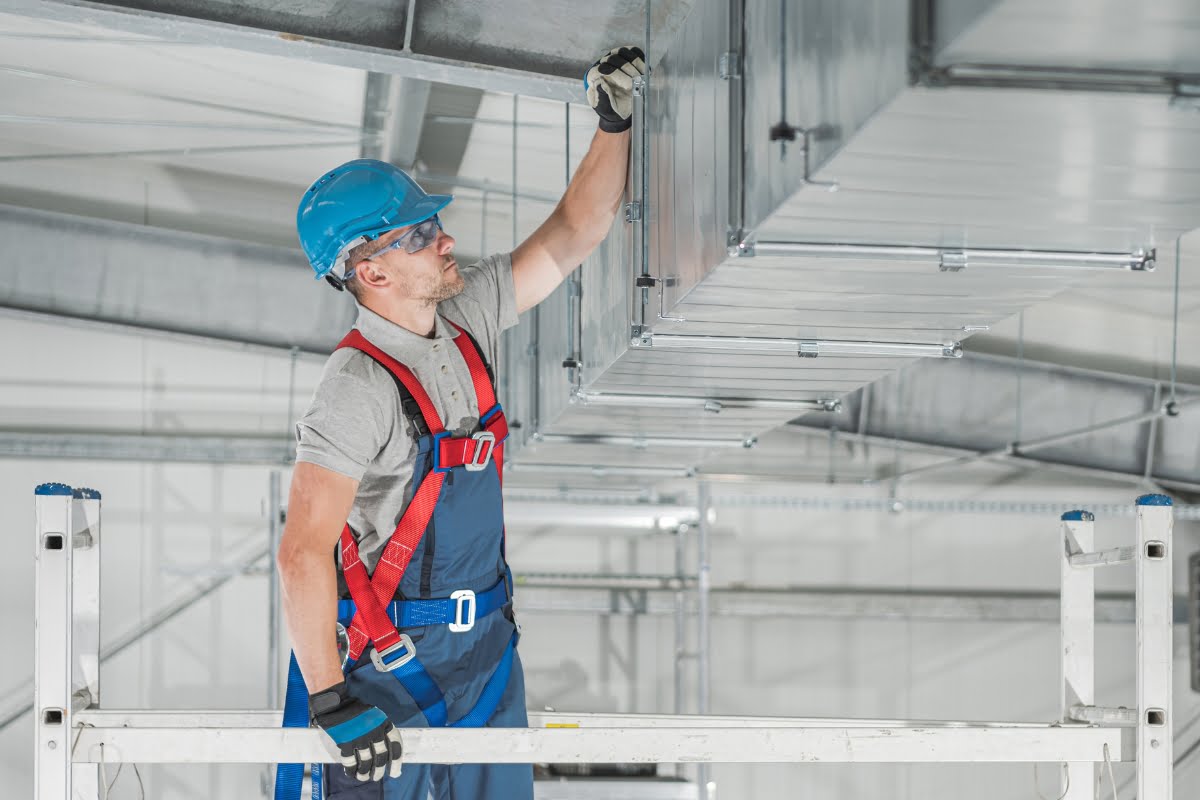
Preventative maintenance is essential for keeping your HVAC system running smoothly and avoiding costly emergencies. Regularly scheduled inspections and tune-ups allow you to catch minor issues before they escalate into major disruptions. Whether it’s a small leak, a worn-out part, or a slight inefficiency, addressing these problems early can save you from unexpected system failures.
To ensure your HVAC system operates efficiently year-round, establish a comprehensive maintenance schedule. Key tasks should include:
- Filter Replacements: Clean filters improve airflow and reduce strain on your system.
- Coil Cleaning: Dirty coils can reduce the system’s ability to cool or heat, leading to inefficiencies.
- Lubricating Moving Parts: Proper lubrication prevents friction in motors and bearings, reducing wear and tear.
- Electrical Connections: Loose or faulty connections can cause shorts or even fires, so regular checks are vital.
- Refrigerant Levels: Low refrigerant can decrease cooling efficiency and damage the compressor, one of the most expensive parts to replace.
While some of these tasks can be managed in-house, it’s wise to partner with professional emergency HVAC services for more comprehensive inspections. Certified technicians can perform detailed diagnostics, such as checking for refrigerant leaks, testing system pressures, and calibrating thermostats. Their expertise allows them to identify potential problems that may not be visible to the untrained eye.
Moreover, a professional service provider can offer preventive maintenance agreements that include scheduled visits and priority service. This proactive approach not only optimizes system performance but also extends the lifespan of your HVAC equipment, reducing the likelihood of sudden failures.
By investing in regular maintenance and emergency HVAC assistance, you protect your business operations from costly disruptions and ensure a comfortable environment for employees and customers alike.
Establishing Emergency Response Protocols: Who to Call and What to Do

Even with a meticulously maintained HVAC system, emergencies can still happen. To minimize disruption and ensure safety, it’s essential to have a well-defined emergency response protocol in place. Here’s how to establish one:
- Identify Key Contacts: Create a clear list of individuals who should be notified in case of an emergency. This includes both internal personnel, such as facility managers and maintenance teams, and external contacts, like reliable HVAC contractors. Ensure that you have contact information for after-hours situations, as emergencies rarely occur at convenient times. It’s wise to have multiple service providers on standby in case your primary contractor is unavailable.
- Research and Vet Contractors: Take the time to research and establish relationships with HVAC contractors known for their prompt response times and expertise in emergency repairs. Ensure they have experience with your specific HVAC system type and can provide swift service to minimize downtime. Having pre-existing agreements with these contractors can guarantee faster response times and potentially lower costs.
- Develop a Step-by-Step Guide: A comprehensive guide should outline the exact steps to take when an emergency occurs. This guide should include:
- System Shutdown: Instructions on how to safely shut down the HVAC system to prevent further damage or safety hazards.
- Isolate Affected Areas: Guidance on isolating areas that may be affected by the system malfunction, such as closing off sections where temperatures may become extreme or where leaks may occur.
- Temporary Measures: Outline any temporary fixes that can be implemented while waiting for professional help, such as using portable fans or heaters, if appropriate.
- Training and Accessibility: Ensure that all relevant personnel are trained on these protocols and know where to find the emergency contact list and guide. The more people who understand the process, the quicker you can respond to emergencies.
By having a structured emergency response protocol, you can act quickly and efficiently when faced with an HVAC crisis, minimizing damage and downtime. Being prepared not only protects your physical assets but also ensures a safer environment for employees and customers.
Employee Training: Ensuring Proper Emergency Procedures

Ensuring that your employees are well-versed in emergency procedures is essential for minimizing damage and maintaining safety. Proper training equips your staff with the knowledge they need to act quickly and effectively during unexpected HVAC emergencies.
- Regular Training Sessions: Conduct regular training sessions that cover the emergency response plan and the specific roles each employee should play during an HVAC crisis. These sessions should be comprehensive, covering both technical aspects and situational awareness. Ensure that employees know how to locate and operate shut-off valves, circuit breakers, and any other critical HVAC components.
- Emergency Drills: Implement periodic emergency drills that simulate various HVAC emergencies, such as system malfunctions or leaks. Drills help reinforce the procedures and allow employees to practice responding under pressure. The more familiar they are with the steps, the more efficiently they can act when a real emergency occurs.
- Recognition of Warning Signs: Educate employees on recognizing early warning signs of HVAC problems, such as unusual noises, temperature fluctuations, or strange odors. Encourage a culture of prompt reporting, where employees feel responsible for notifying management at the first sign of trouble.
- Energy Conservation During Emergencies: Instruct employees on the importance of energy conservation during emergencies. Simple actions, such as adjusting thermostats, closing doors and windows, and using alternative cooling or heating methods, can help maintain a comfortable environment while waiting for repairs.
By investing in employee training, you create a proactive team ready to respond effectively to any HVAC emergency, ensuring the safety and comfort of everyone in the building.
Monitoring Systems: Early Detection of HVAC Issues

Investing in advanced monitoring systems can be a game-changer for HVAC maintenance. These systems are equipped with sensors that continuously track various parameters, such as temperature, humidity levels, airflow rates, and the performance of HVAC components.
By constantly gathering data, these systems can identify deviations from normal operating conditions, such as unusual temperature spikes or drops, inconsistent airflow, or inefficiencies in the system.
When the system detects any abnormalities, it can immediately send alerts or notifications to the designated personnel, allowing them to address issues before they escalate into major problems. This proactive approach minimizes the likelihood of unexpected breakdowns, which can be costly and disruptive.
Remote monitoring capabilities add an extra layer of convenience, especially for businesses with multiple locations or facilities that operate around the clock. With remote access, facility managers can monitor the performance of HVAC in real-time from any location, ensuring that they stay on top of maintenance needs even when they’re not on-site.
Backup Systems and Redundancies: Ensuring Business Continuity
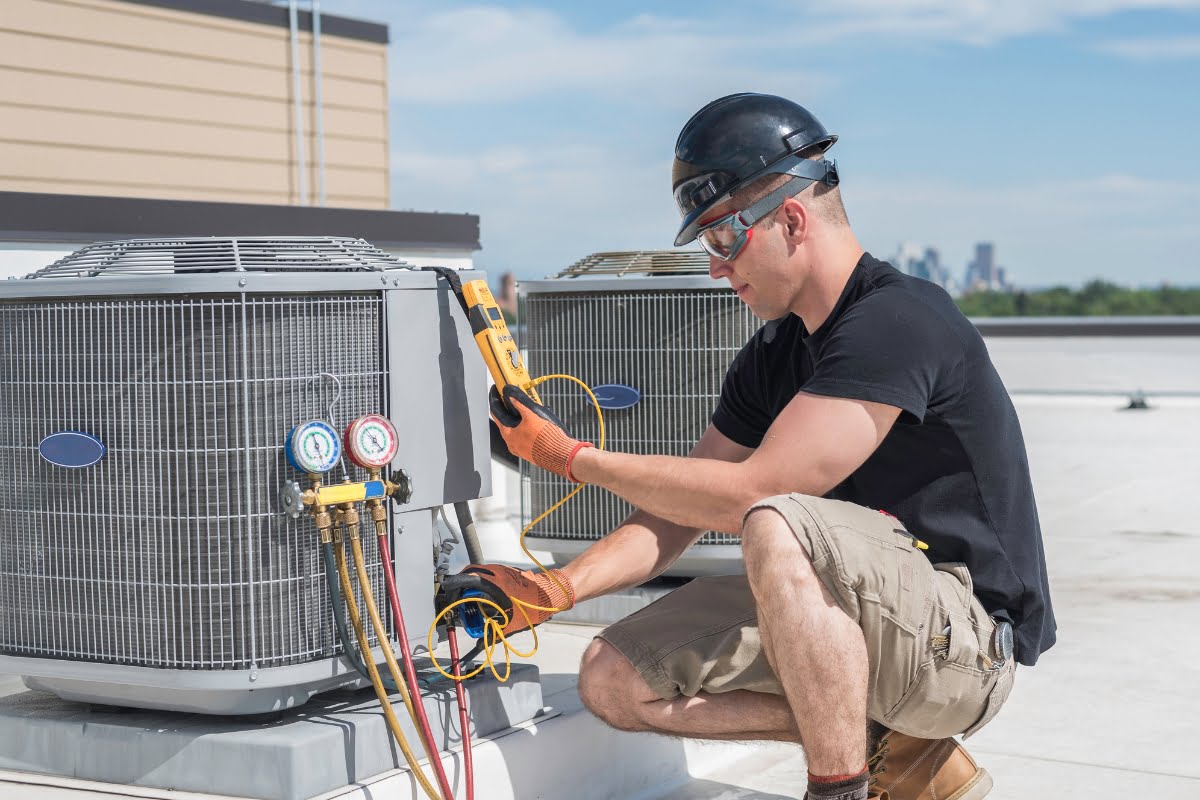
To maintain business continuity during an HVAC emergency, it is essential to have backup systems and redundancies in place. Installing backup generators can provide temporary power during electrical outages or failures, ensuring that your HVAC continues operating without disruption.
This can be especially important for businesses that rely on climate control, such as data centers, healthcare facilities, or manufacturing plants where temperature regulation is crucial.
Additionally, consider implementing redundant HVAC units or components that can automatically take over if the primary system fails. This can include having a secondary unit that kicks in if the main one experiences issues, or employing a modular system where individual components can be swapped out without affecting the overall operation.
Redundancies like these prevent significant disruptions, minimize downtime, and maintain comfort for both employees and customers.
However, it’s crucial to remember that backup systems need regular maintenance and testing to ensure they function correctly when needed. Incorporate these tasks into your preventive maintenance schedule and conduct periodic tests to verify that all backup systems are operational. By doing so, you can ensure that your business remains resilient, even in the face of unexpected emergencies.
Documenting Procedures: Creating a Comprehensive HVAC Emergency Plan
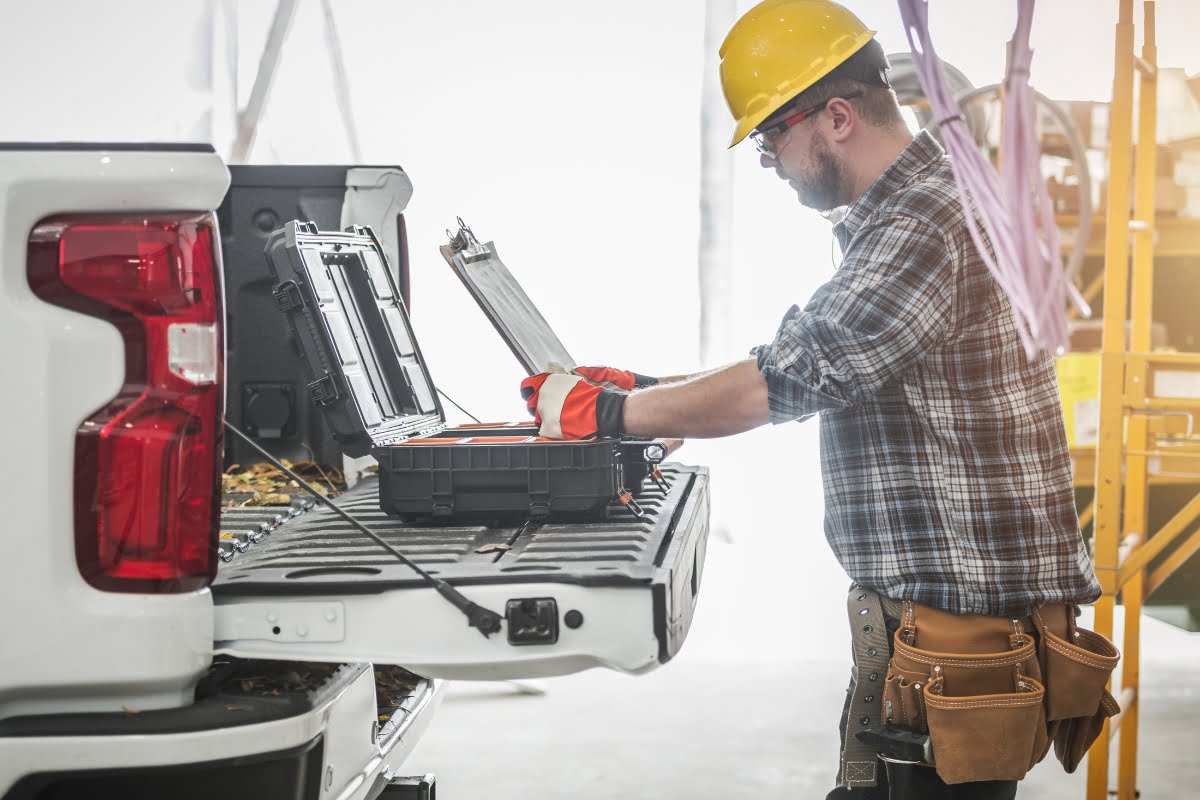
Creating a comprehensive HVAC emergency plan is essential for ensuring that your team can respond swiftly and effectively to any crisis. Start by documenting all critical procedures in detail, including the steps to shut down the system safely, isolate affected areas, and initiate any temporary fixes until professional help arrives. Clearly outline roles and responsibilities for each team member to avoid confusion during an emergency.
In addition to written instructions, include diagrams and schematics of your HVAC that highlight key components like shut-off valves, circuit breakers, and access points. Visual aids can be invaluable during high-stress situations when quick action is needed. Ensure these diagrams are clear, easy to understand, and updated regularly to reflect any changes in the system.
Distribute copies of the emergency plan to all relevant personnel, including facility managers, maintenance staff, and department heads. To further enhance preparedness, hold regular training sessions where employees can familiarize themselves with the procedures outlined in the plan. Encourage staff to ask questions and provide feedback to refine the plan further.
Lastly, schedule periodic reviews of the emergency plan to ensure it remains up-to-date with any changes in equipment, personnel, or building layout. A well-documented and frequently updated emergency plan is a key tool in mitigating risks and ensuring business continuity during emergencies.
Communication Strategies: Keeping Stakeholders Informed During Emergencies
Effective communication is crucial during emergencies to ensure all stakeholders are informed and coordinated. Establish a clear communication protocol that outlines how information will be disseminated to employees, clients, suppliers, and other relevant parties. This protocol should detail the type of information to be shared, the timing of updates, and the methods of communication to be used.
Designate a spokesperson or communication team responsible for delivering consistent and accurate updates. This team should have access to reliable communication channels, such as email distribution lists, phone trees, or mass notification systems. It’s essential that the designated team members are well-trained in crisis communication and can convey critical information clearly and calmly.
Leverage technology to enhance communication efficiency. Automated messaging systems can be particularly useful for sending real-time alerts and updates directly to employees’ mobile devices or desktops. Additionally, consider using social media platforms or internal communication apps to keep everyone connected and informed.
Regularly test and review your communication strategy to ensure it remains effective and up-to-date. Incorporate feedback from stakeholders to improve the process, and make adjustments as necessary. In the event of an emergency, a well-executed communication strategy can help mitigate confusion, reduce downtime, and maintain trust with all involved parties.
Testing and Drills: Ensuring Preparedness and Efficiency
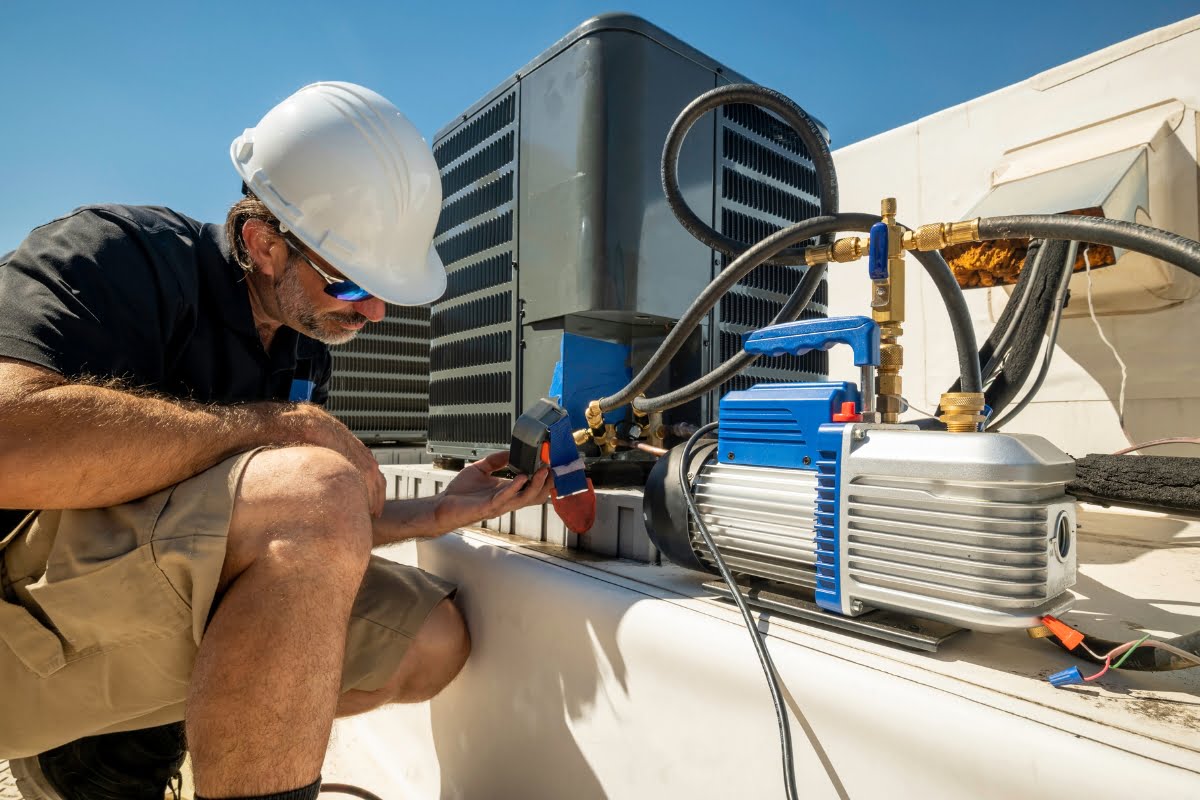
Regular testing and drills are essential for ensuring that your emergency plan is both effective and well-understood by all personnel. Conducting routine drills simulates various emergency scenarios, allowing employees to practice their roles and responsibilities in a controlled environment. These drills help to reinforce the procedures outlined in the emergency plan and ensure that everyone is familiar with the necessary actions.
During drills, it’s crucial to evaluate the response time and decision-making process of your team. Take note of any areas where confusion or delays occur, and use this feedback to refine your emergency plan. Additionally, identify any gaps in knowledge or training, and provide additional education to address these weaknesses.
Testing should also extend to the HVAC itself. Regularly conduct load tests on backup generators to ensure they can handle the required capacity in an emergency. Verify the functionality of emergency switches, remote monitoring systems, and other critical components to ensure they will operate correctly when needed. Periodically testing these systems reduces the risk of unexpected failures and increases overall preparedness.
By incorporating both personnel drills and equipment tests into your routine, you create a robust strategy that ensures your team is ready to respond quickly and efficiently in the event of an emergency HVAC repair.
Conclusion: Building Resilience Through Preparedness and a Professional Emergency HVAC Service
Investing time, effort, and resources into emergency preparedness is an investment in the long-term success and stability of your business. Don’t wait for a crisis to strike before taking action. Plan, prevent, and protect your business from emergencies today.
For reliable and expert emergency HVAC preparedness, choose Galgon HVAC & Mechanical Service. Our team is dedicated to providing comprehensive commercial HVAC solutions tailored to your business needs. Contact us at (404) 352-1500 or fill out our website form for a service request or a free quote. Let Galgon HVAC & Mechanical Service help you plan, prevent, and protect your business with top-notch HVAC services.
